Search
Did you mean: Punt?
Search Results
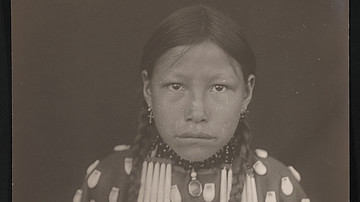
Article
The Little Girl and the Ghost
The Little Girl and the Ghost is a legend of the Cheyenne nation concerning a young girl abducted by a spirit after she is cast out by her mother. The story explores many themes common in Cheyenne literature, including the importance of following...

Article
Ethnicity & Identity Within the Four-Room House
The process of determining ethnicity is a problematic venture, even more so when interpreted through the archaeological record. Despite this issue, evidence, such as the four-room house, has been preserved that can be interpreted to represent...

Article
Ehyophsta Legend
Ehyophsta is a Cheyenne legend of the heroine, Ehyophsta, the Yellow Haired Woman, who first brought the buffalo to the people. When she accidentally breaks a taboo, the buffalo vanish until they are brought back later by the two other great...
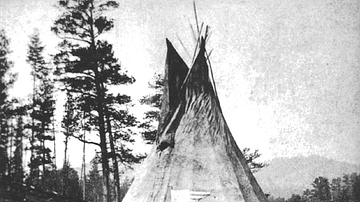
Article
White Plume
White Plume is a hero tale of the Sioux nation featuring the supernatural trickster figure Unktomi (Iktomi) who serves as a catalyst for transformation, whether for good or ill. In this story, Unktomi is the villain whereas in others, such...
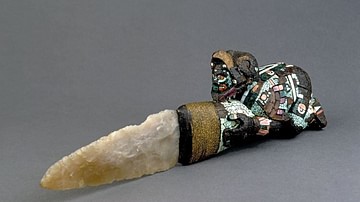
Image
Aztec Ceremonial Knife
An Aztec ceremonial knife with a cedarwood handle and flint blade. The figure of the handle is covered in turquoise and shell mosiac and represents an Aztec Eagle knight. 1400-1521 CE. (British Museum, London)
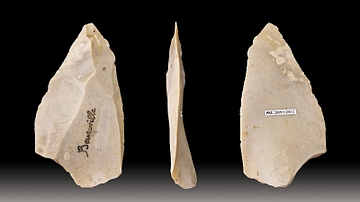
Image
Neanderthal Tools - Levallois Point
A Levallois point flint tool from the Mousterian lithic industry, made by Neanderthals. It was discovered in Beuzeville, France and is on display at the museum of Toulouse, France.
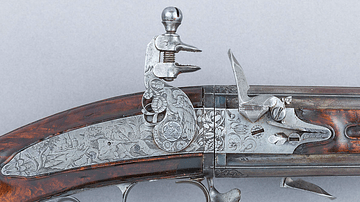
Image
17th-Century Flintlock Mechanism
An example of a 17th-century flintlock firearm mechanism. A piece of flint was held in the vice which the trigger pulled down to strike a metal bar which created a spark to ignite the priming powder which then set off the main charge of gunpowder...
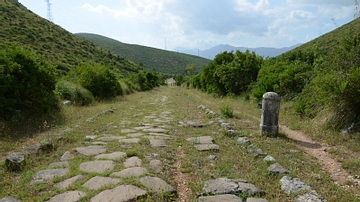
Image
Via Appia, Kilometer 126
A stretch of the Via Appia at Sant'Andrea, km 126. Here it is still possible to admire the original flint-stones, thanks to their restoration during the Bourbon age and now protected by the Natural Park Monti Aurunci Authority.

Image
Early Prehistoric Handaxes
These two handaxes were made from flint by Homo erectus around 130,000 BCE. They were both found in Switzerland: The ochre one was found in Pratteln, Canton Basel-Land, while the white one was found in Schlieren, Canton Zurich. On display...
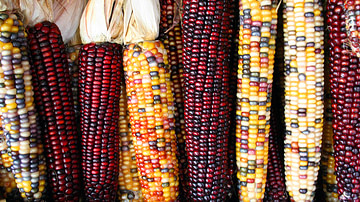
Image
Indian Corn
Indian Corn – also known as Flint Corn and Calico Corn – one of the three types of maize cultivated by the Native Peoples of North America.